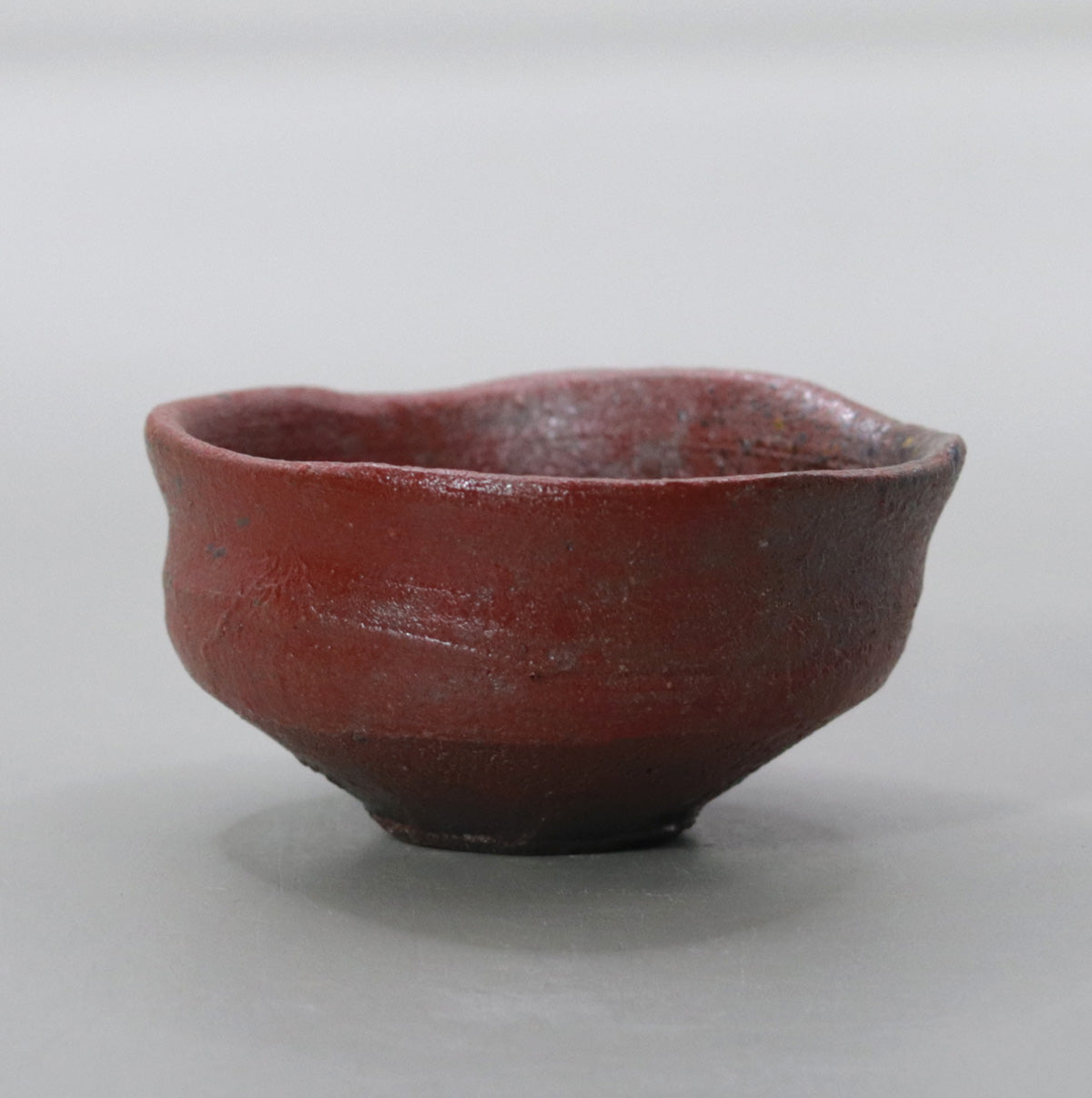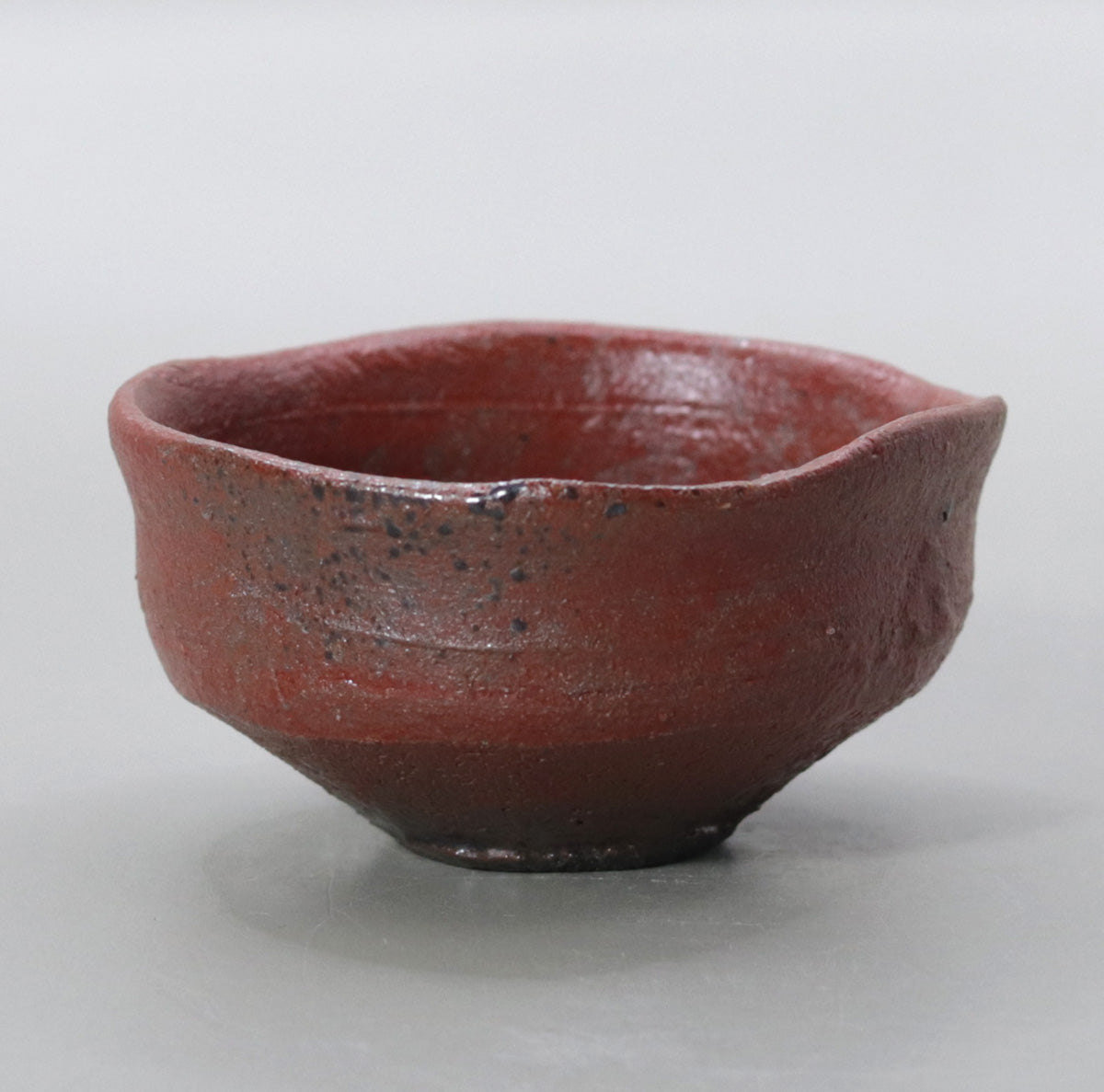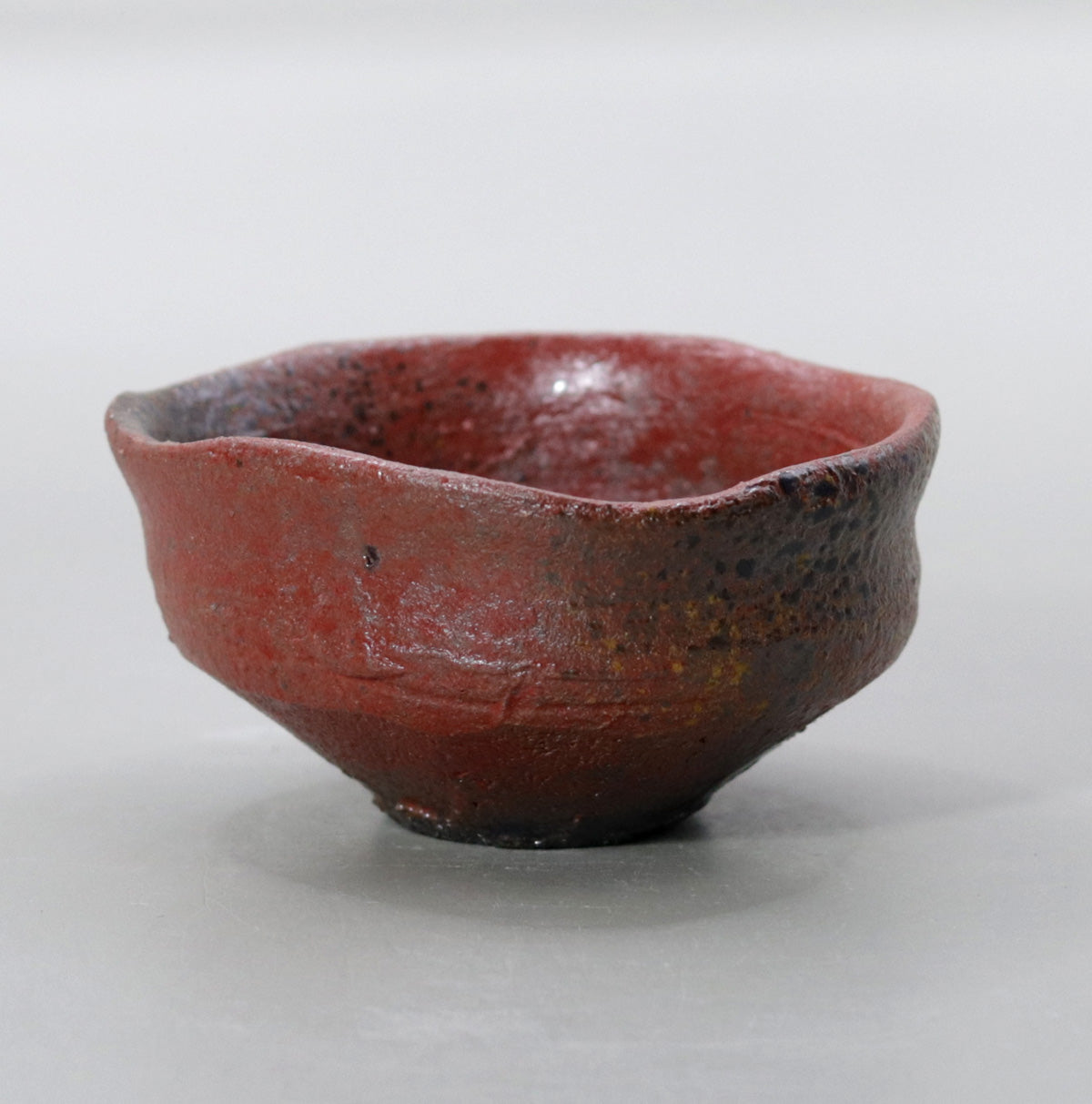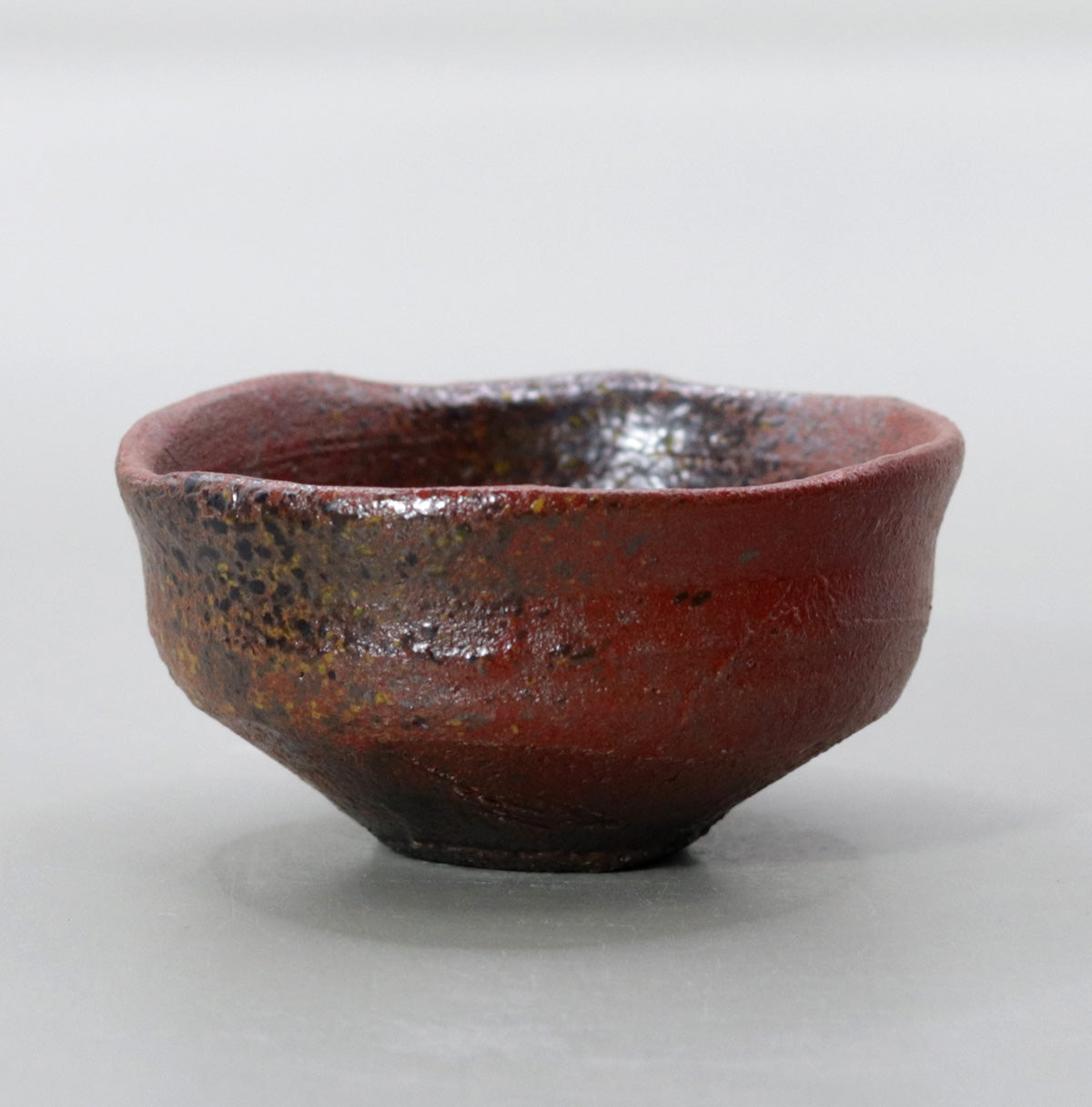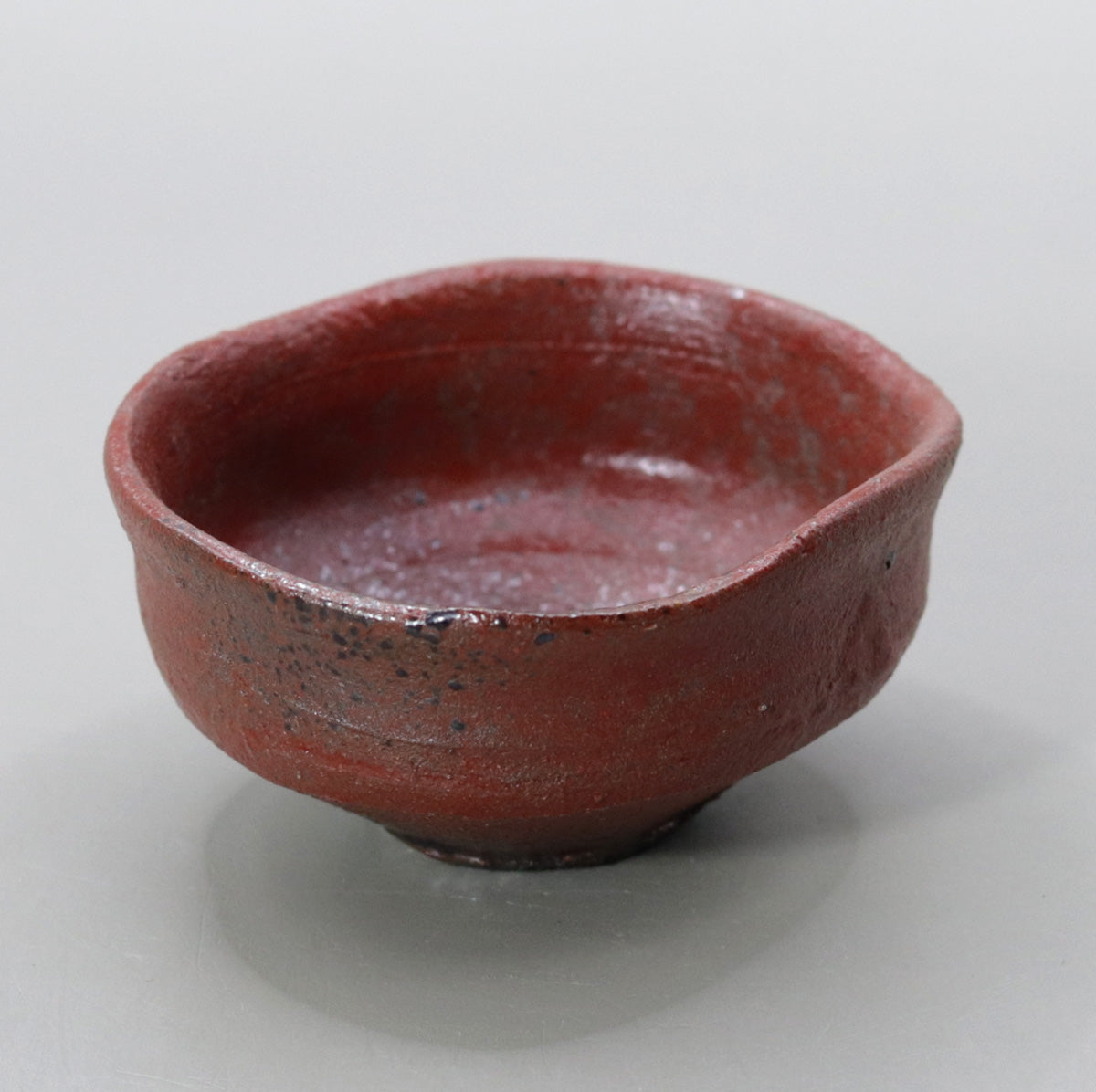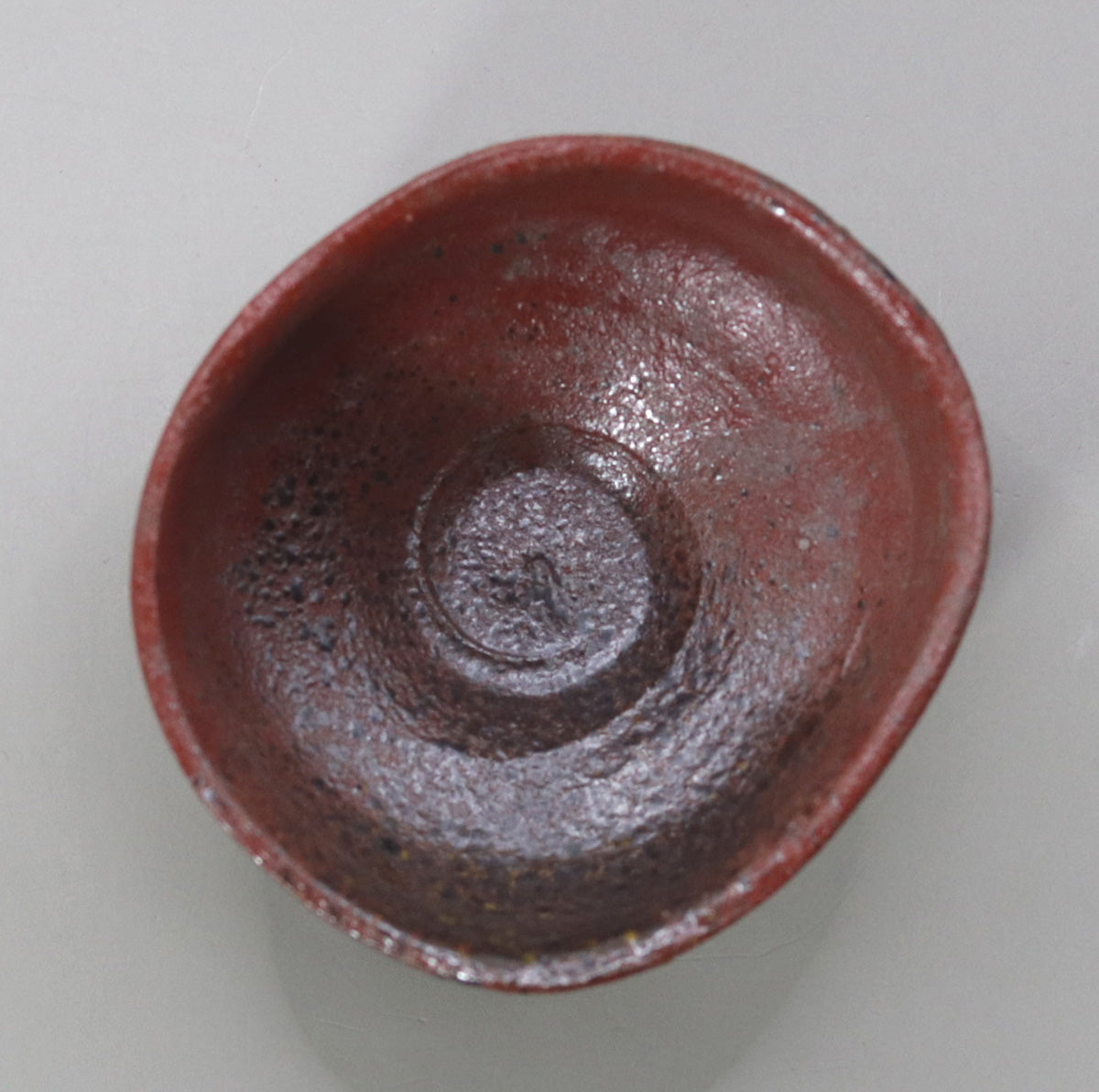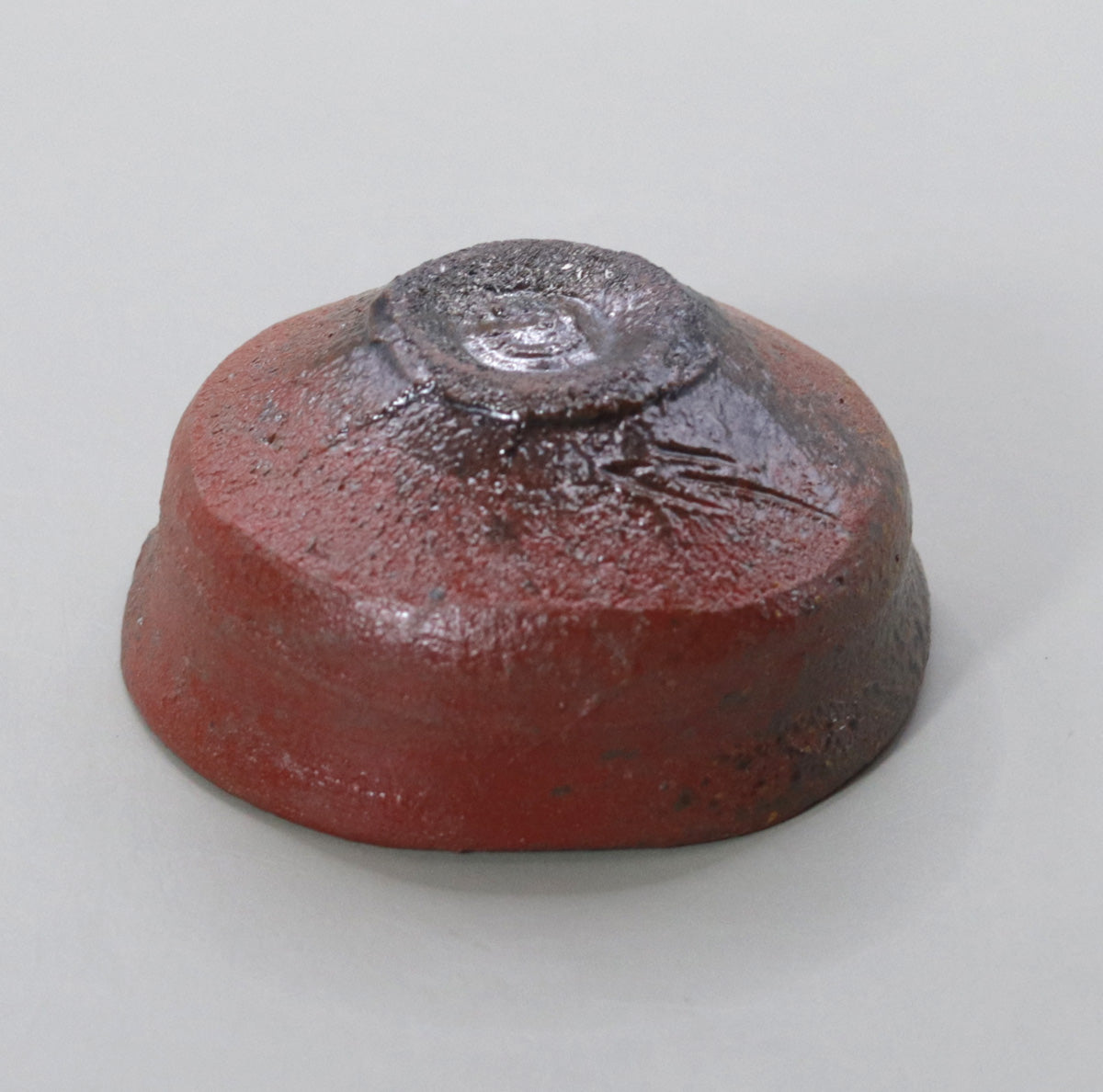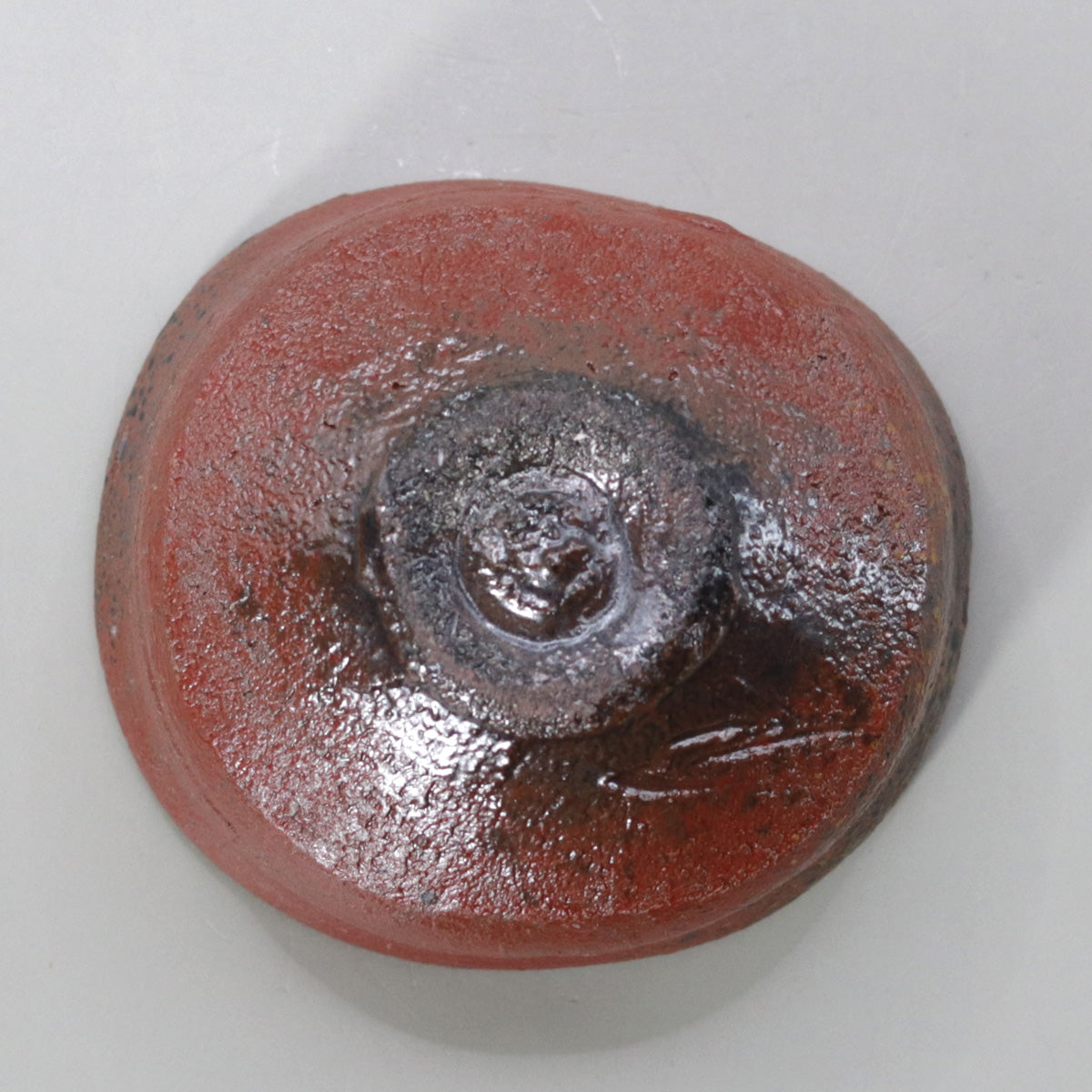Tanba Red Sake Cup by Nishihata Masashi
Tanba Red Sake Cup by Nishihata Masashi
Couldn't load pickup availability
Width: 8cm Depth: 7.2cm Height: 4cm
The scarlet color captures the moment when the iron breathes.
The deep red that envelops this piece was achieved through a two-stage firing process in which iron-rich rough clay from Tanba is first darkened through strong reduction, and then the atmosphere is changed to an oxidizing one towards the end of the firing. The vivid scarlet color captured in a moment is fixed on a matte texture with a subdued sheen, giving it a simultaneously rustic and refined feel.
The swaying rim and low waist - a design that invites drinking
The body has a stable silhouette with a slight bulge, and the rim is gently swayed with the fingers after being shaped on a potter's wheel. The mouthpiece is slightly different in different places, so the flow of the sake and its texture change subtly depending on the angle at which the sake is placed on the lips, deepening the enjoyment of drinking. The low-slung shape fits comfortably in the palm of your hand, and your fingers naturally rest on it, allowing you to hold it securely with one hand.
The texture and scenery created by the coarse soil
Feldspar grains and minute iron particles remain on the surface, giving it a rough texture. The tiny iron specks scatter like stardust, casting shades of scarlet depending on how the light hits them, giving the sake a sense of depth despite its single color. The bottom is a dark brown, a remnant of the reduction firing process, and the gradation from red to black gives the sake a sense of quiet tension.
Functional beauty that enhances drinking comfort
Although the cup is small, it has a large opening that allows the aroma of sake to rise without escaping. The thin rim feels comfortable on the tip of the tongue, and the soft reflection of the scarlet inner wall beautifully brings out the color of the sake. Despite its thinness, it is precisely fired at high temperatures, so it has the ability to keep cold sake cool and warm sake warm.
A crystallization of tradition and wabi-sabi
The red of Tamba ware has long been beloved as a color that harmonizes fire and earth, as seen in the "Hidasuki" and "Scarlet Bottles." While adhering to this lineage, Nishibata Tadashi has sublimated the spirit of wabi-sabi in a modern way by eliminating decoration and bringing to the fore the earthiness itself. While the piece is solid red, the multi-layered expression created by earth, fire, and ash gives it a quiet yet powerful presence.
It's a second view nurtured by time.
The longer you use it, the more the matte scarlet color will absorb the oils from your hands and acquire a moist luster. A thin layer of tartar and sake tannins will remain on the interior walls, creating a gradation from scarlet to a deep brown. Because it has no crazing, the change is gradual, but you can enjoy the process of the sake breathing over time and maturing into a one-of-a-kind landscape.
The "Tamba Red Sake Cup" embodies the crimson veil of embers and the breath of Tamba clay. When held in the palm of your hand, a quiet flame lights up, warming your heart along with the sake you drink. Please use it for your daily evening drink or when sharing a drink with guests, and enjoy the changing of the red color as it deepens over the years.
Tadashi Nishibata Biography
Born on February 24, 1948. Started making pottery in 1969. 1976. Hyogo Prefectural Exhibition Encouragement Award. 1986. Selected for the Japan Traditional Crafts Exhibition for the first time. 1988. Selected for the Japan Traditional Crafts Exhibition. Japan Traditional Crafts Exhibition. Japan Crafts Association President's Award. 1989. Selected for the Japan Ceramic Art Exhibition. Nogawa Memorial Award, Handon no Kai. 1991. Selected for the Japan Traditional Crafts Exhibition. Selected for the Japan Ceramic Art Exhibition. Grand Prize at the Tea Ceremony Forms Exhibition. 1992. Selected for the Japan Traditional Crafts Exhibition. Excellence Award at the Tea Ceremony Forms Exhibition. Hyogo Prefecture Emerging Artist Encouragement Award. Invited to exhibit at the NHK-sponsored Paris - 100 Contemporary Japanese Ceramics Exhibition. Excellence Award at the Tea Ceremony Forms Exhibition. 1993. Selected for the Japan Traditional Crafts Exhibition. Solo exhibition at Sogo Hiroshima store. Kyoto Chemin. 1994. Selected for the Japan Traditional Crafts Exhibition. Solo exhibition at Nihonbashi Mitsukoshi Main Store. 1995. Selected for the Japan Traditional Crafts Exhibition. Solo exhibition at Sogo Hiroshima store. 1996. Selected for the Japan Traditional Crafts Exhibition. Awarded the Excellence Award at the Tea Ceremony Design Exhibition, solo exhibition at Nihonbashi Mitsukoshi Main Store
1997 Encouragement Award at the Tea Ceremony Design Exhibition 1998 Selected for the Japan Traditional Crafts Exhibition Solo exhibition at Mitsukoshi Nihonbashi Main Store Selected for the Japan Traditional Crafts Exhibition 2000 Solo exhibition at Mitsukoshi Nihonbashi Main Store Solo exhibition at Mitsukoshi Fukuoka 2001 Selected for the Japan Traditional Crafts Exhibition 2002 Solo exhibition at Mitsukoshi Nihonbashi Main Store Solo exhibition at Gallery Dojima 2003 Solo exhibition at Touchingston, USA 2004 Grand Prize at the Tea Ceremony Design Exhibition at Sogo Hiroshima 2005 Exhibited at the Akashi City Museum of Culture and Hyogo Ceramics Exhibition Purchase of Akadobedai, Hyogo Ceramic Art Museum Solo exhibition at Gallery Dojima, Mitsukoshi Nihonbashi Main Store 2006 Grand Prize at the Tea Ceremony Design Exhibition Selected for the Japan Traditional Crafts Exhibition at the Museum of Fine Arts, Boston and the New York Japan Society Gallery Solo exhibition at Yokohama Takashimaya Touchingston, USA Father and Son Exhibition at Matsuyama Takashimaya Toshunkai Exhibition, Sogo Yokohama. Encouragement Award at the Tea Ceremony Art Exhibition. Selected for the Japan Traditional Crafts Exhibition in 2008. Selected for the Japan Traditional Crafts Exhibition. Solo Exhibition, Yokohama Takashimaya, Mitsukoshi Nihombashi, Santa Fe, Touchingston, USA. Toshunkai Exhibition, Funabashi, Seibu, Sogo Hiroshima. Invited to the Japanese Ceramics Exhibition in 2009. Solo Exhibition, Gallery Dojima, Sendai Mitsukoshi, 2010. Sogo Kobe. Exhibited in the Musee Tomo Grand Prize Exhibition, Contemporary Tea. Solo Exhibition, Yokohama Takashimaya, Touchingston, USA. Invited to the Japanese Ceramics Exhibition. Solo Exhibition, Joan B. Marvis, New York, USA. Invited to the Japanese Ceramics Exhibition in 2013. Exhibited in the "Contemporary Famous Bowls" exhibition at the Musee Tomo, Kanmi Kikuchi Memorial. Solo Exhibition, Mitsukoshi Nihombashi, Santa Fe, Touchingston, USA. Gallery Miyazaki, Sogo Kobe, Chiba Sogo, 2014. Solo Exhibition, Mitsukoshi Nihombashi, 2015. Received the Hyogo Prefecture Cultural Award in 2016. Exhibited at Higashihiroshima City Museum of Art for "Ceramics that Color Our Lives - Food Ware" Exhibited at Joan B. Marvis' 40th Anniversary Exhibition in 2017.
2018 Solo Exhibition at Nihonbashi Mitsukoshi Main Store
Share
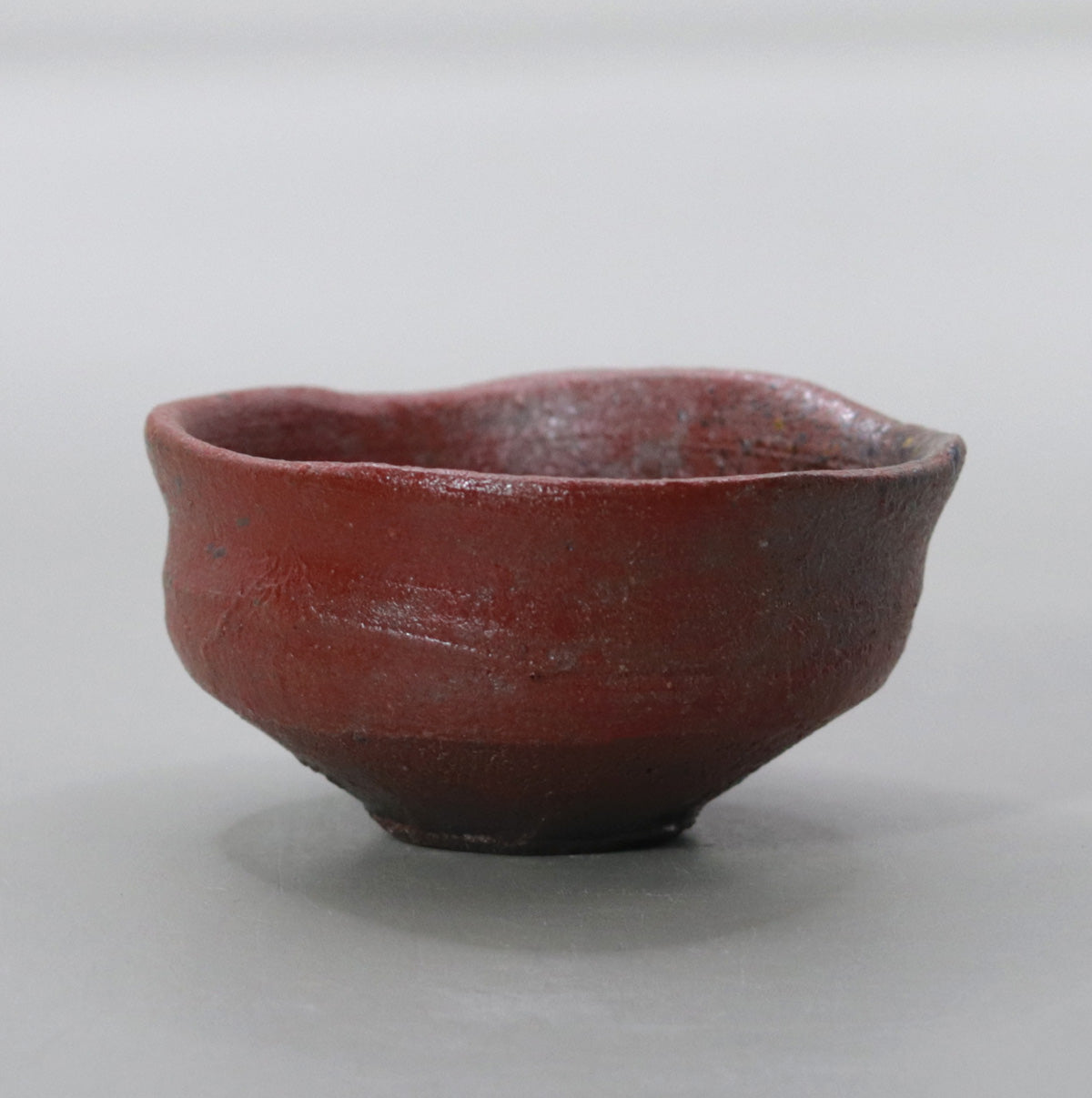
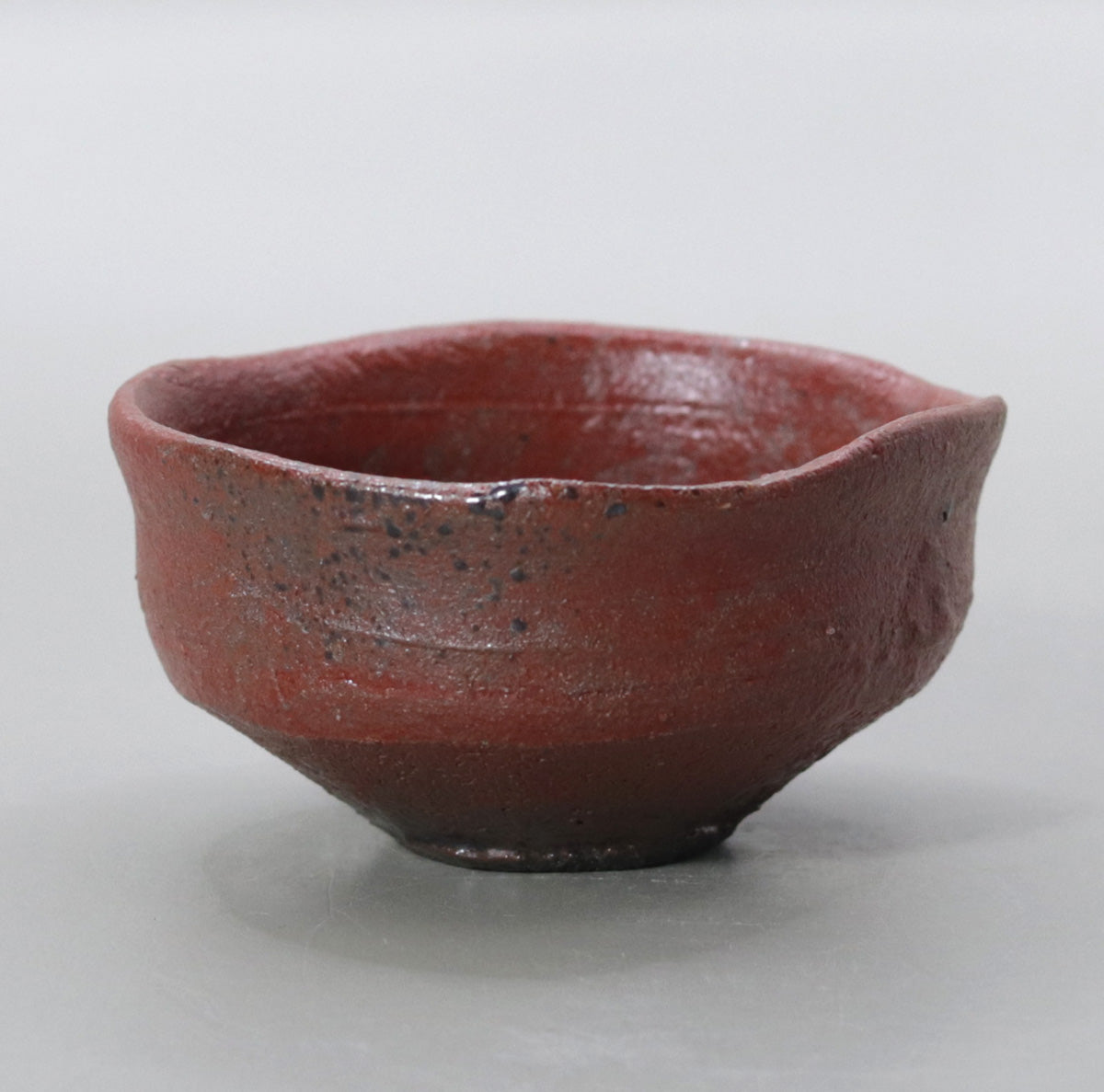
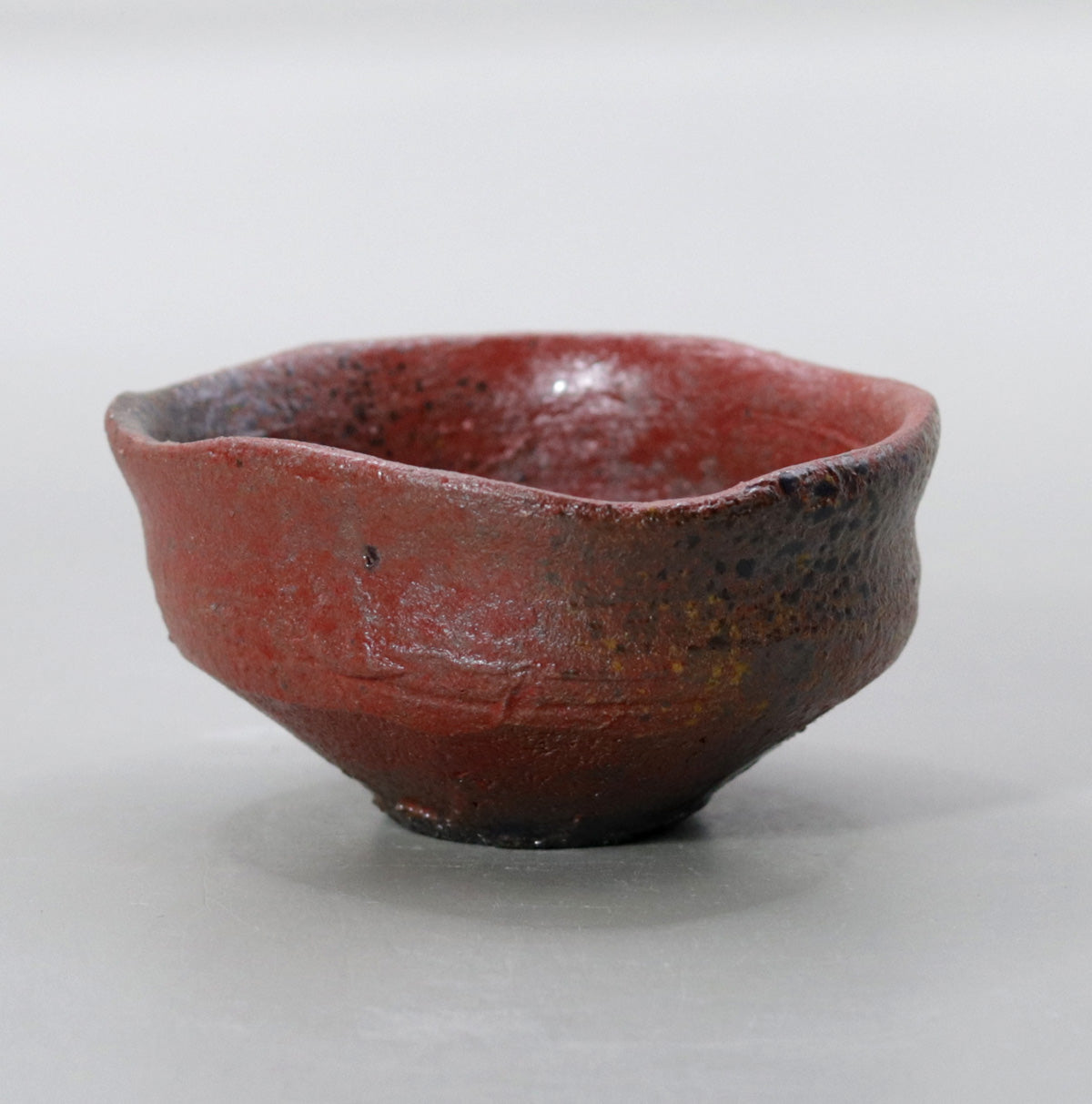
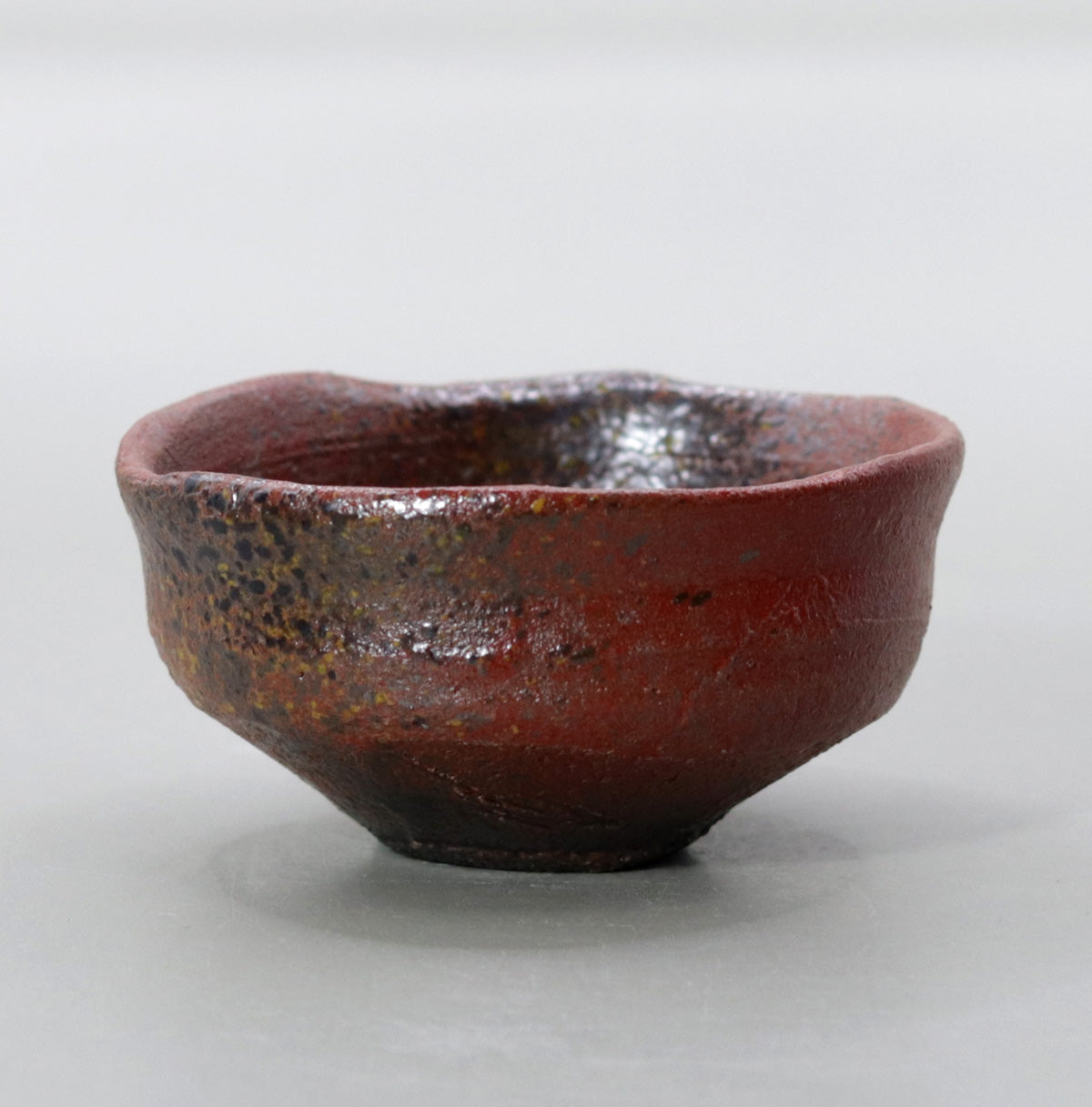
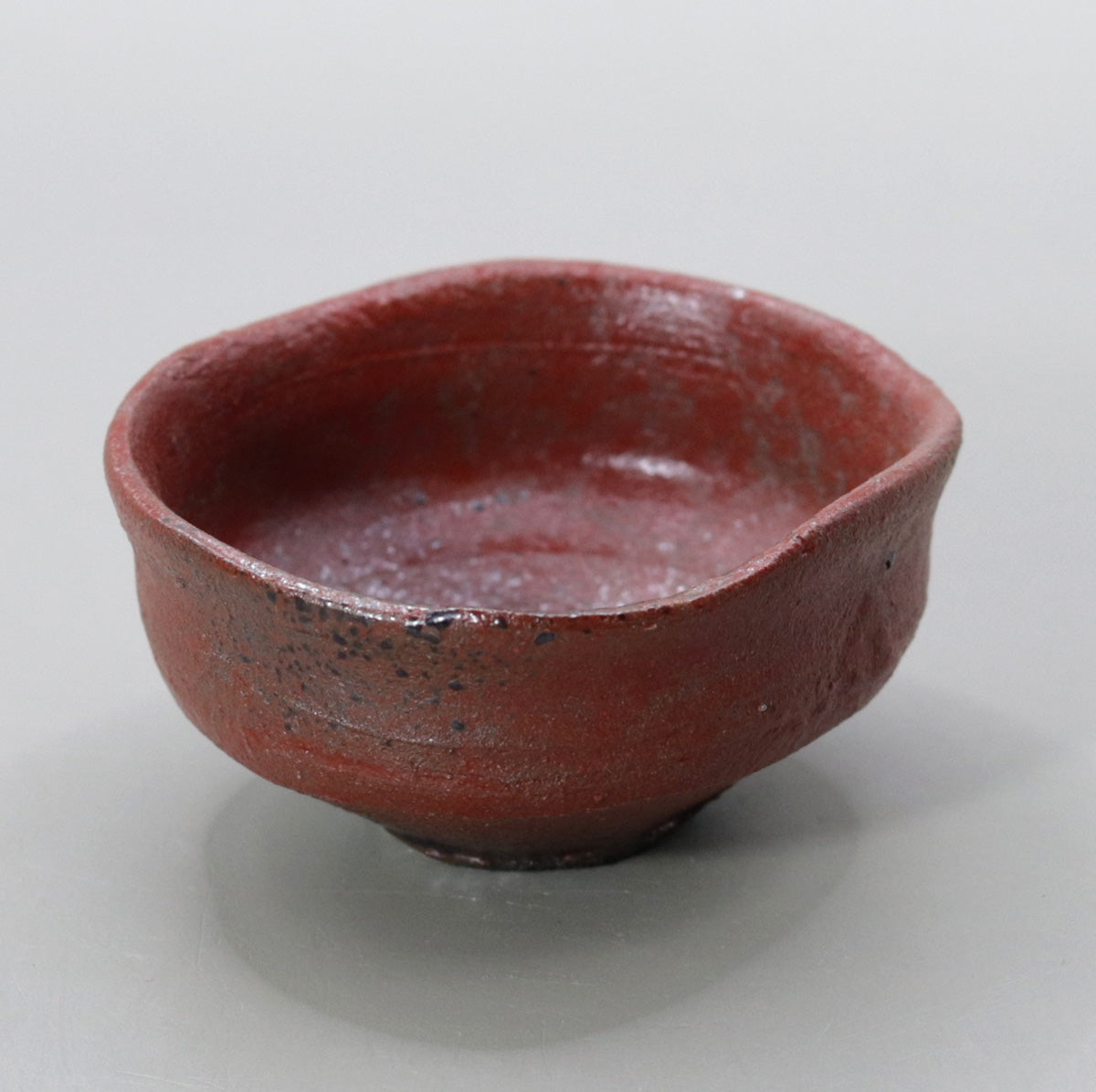
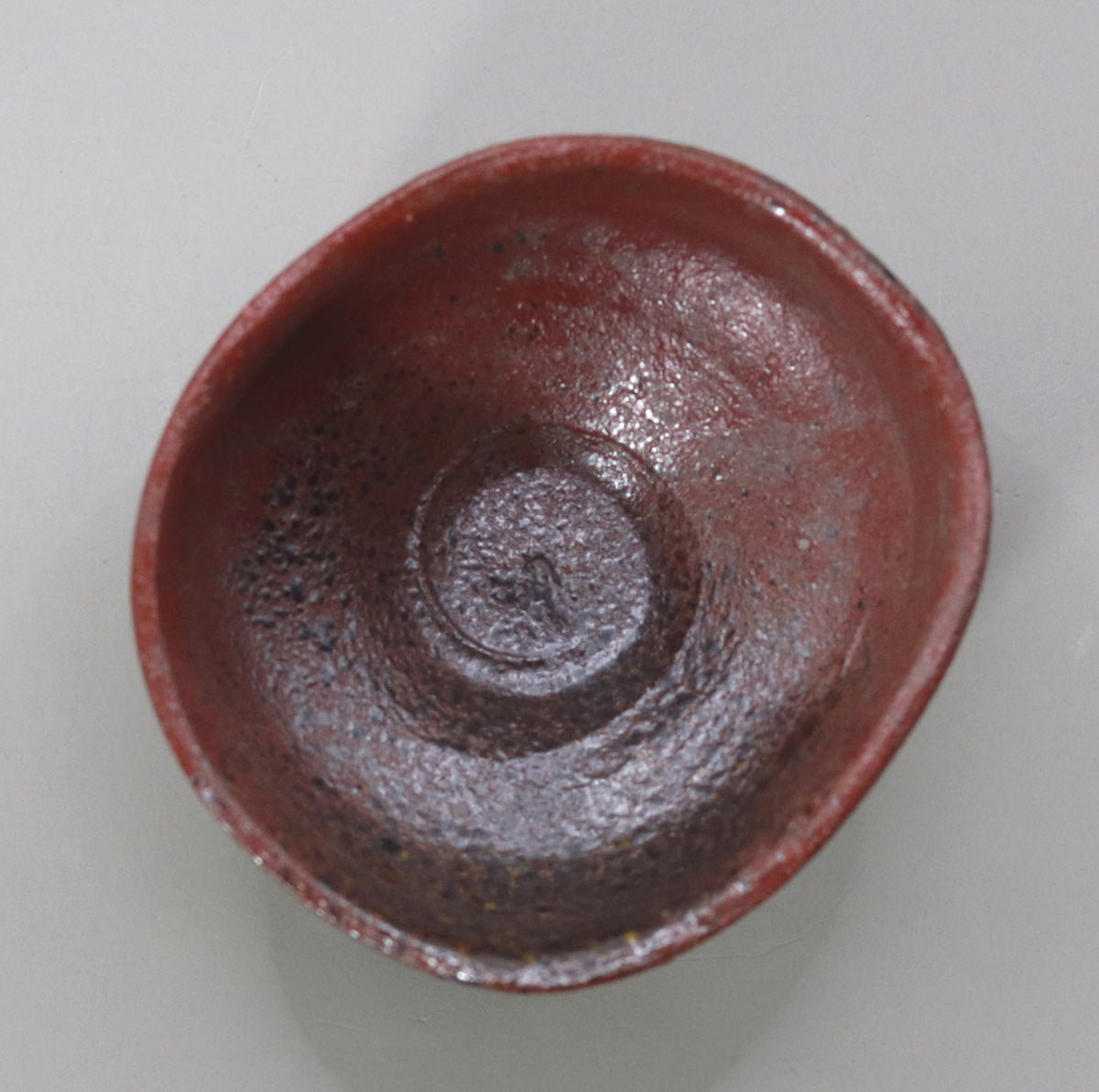
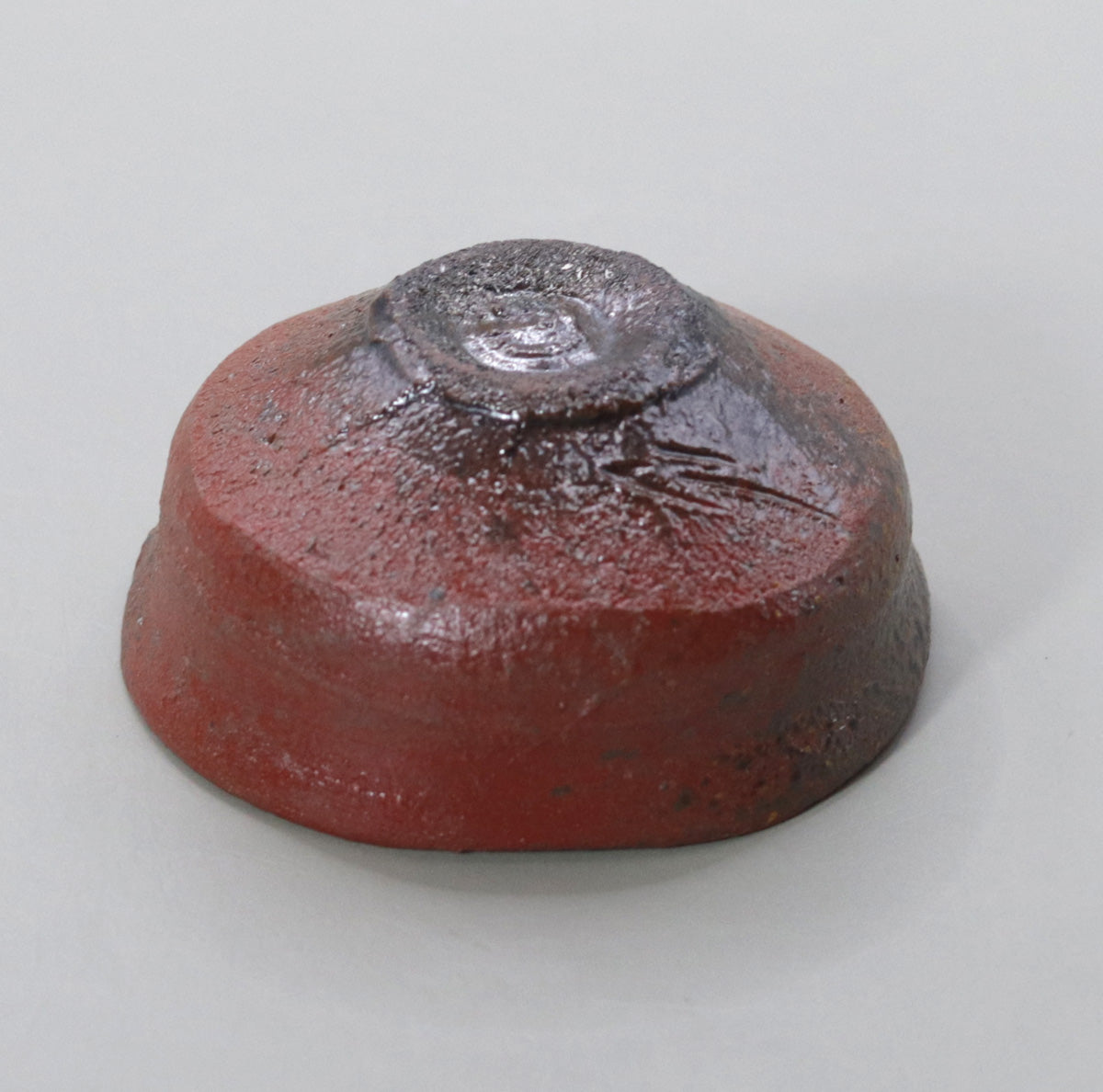
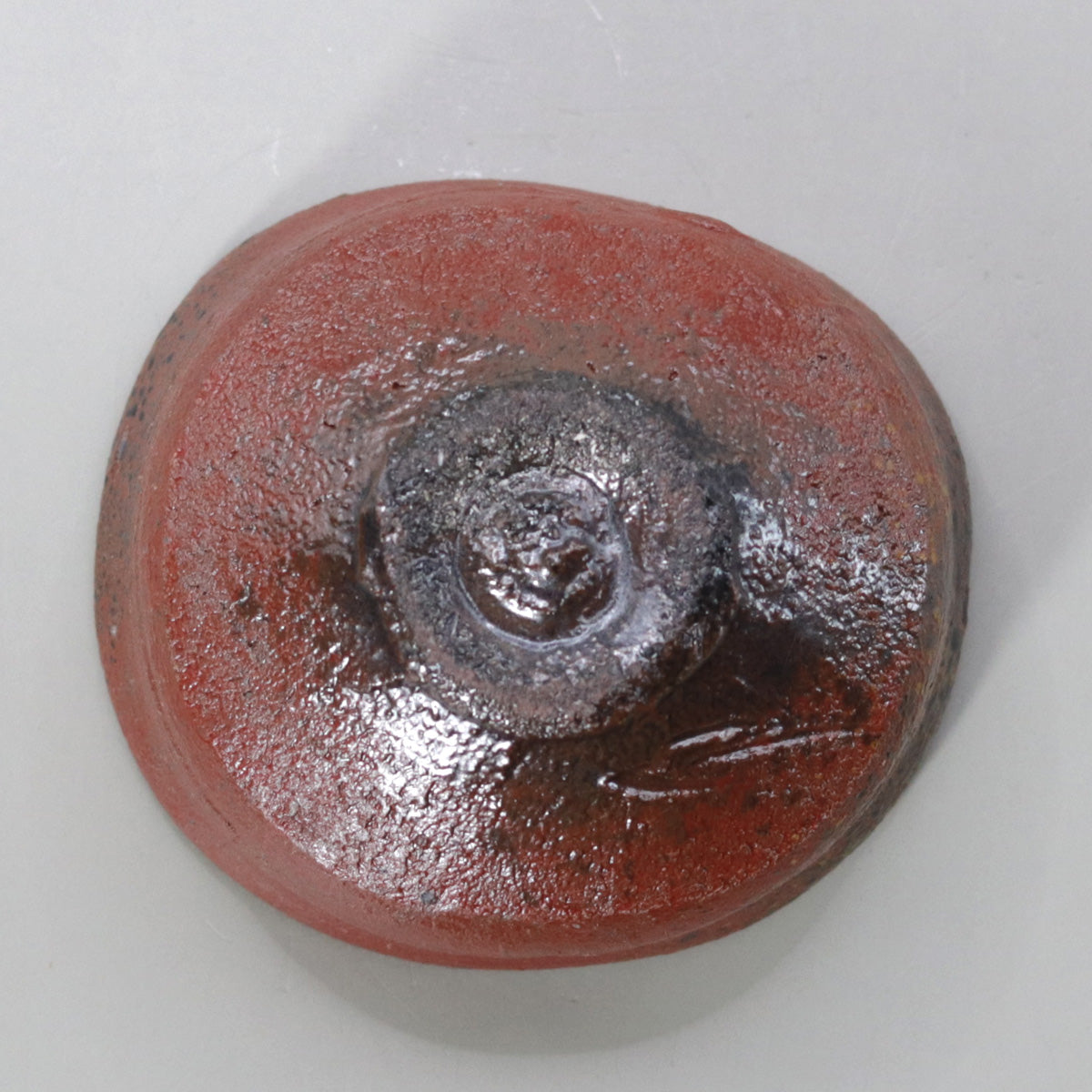
Multi-Column
-
[I will send it to you quickly and carefully]
We carefully package each product in a way that suits it best.
Also, delivery times vary depending on the piece (vessel, etc.).
Items that already come with a box will be shipped within 1-3 days of the order date.
For items that require a box to be made after your order, it will take approximately 30 days for production to be completed and then shipped.
In either case, once we have confirmed your order, we will contact you by email to inform you of the delivery date.
-
[Requests when purchasing pottery]
Even products that look the same may differ slightly in color, shape, size, etc.
The way the glaze is used, the power of the kiln, the firing method, the season, and the humidity also affect the appearance of the pottery.
Please understand the individuality of each piece of pottery and enjoy the unique warmth of handmade.

